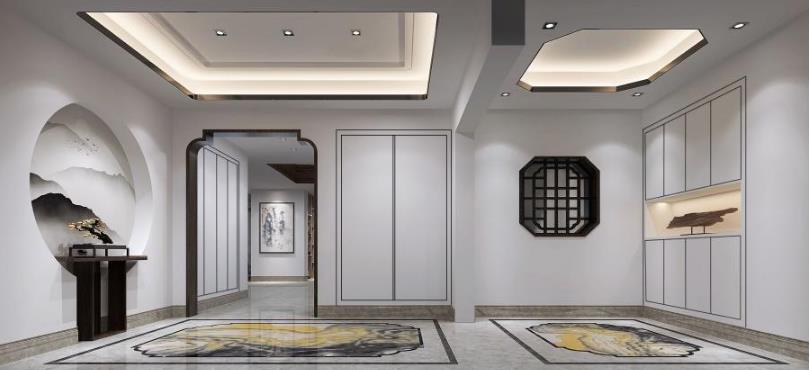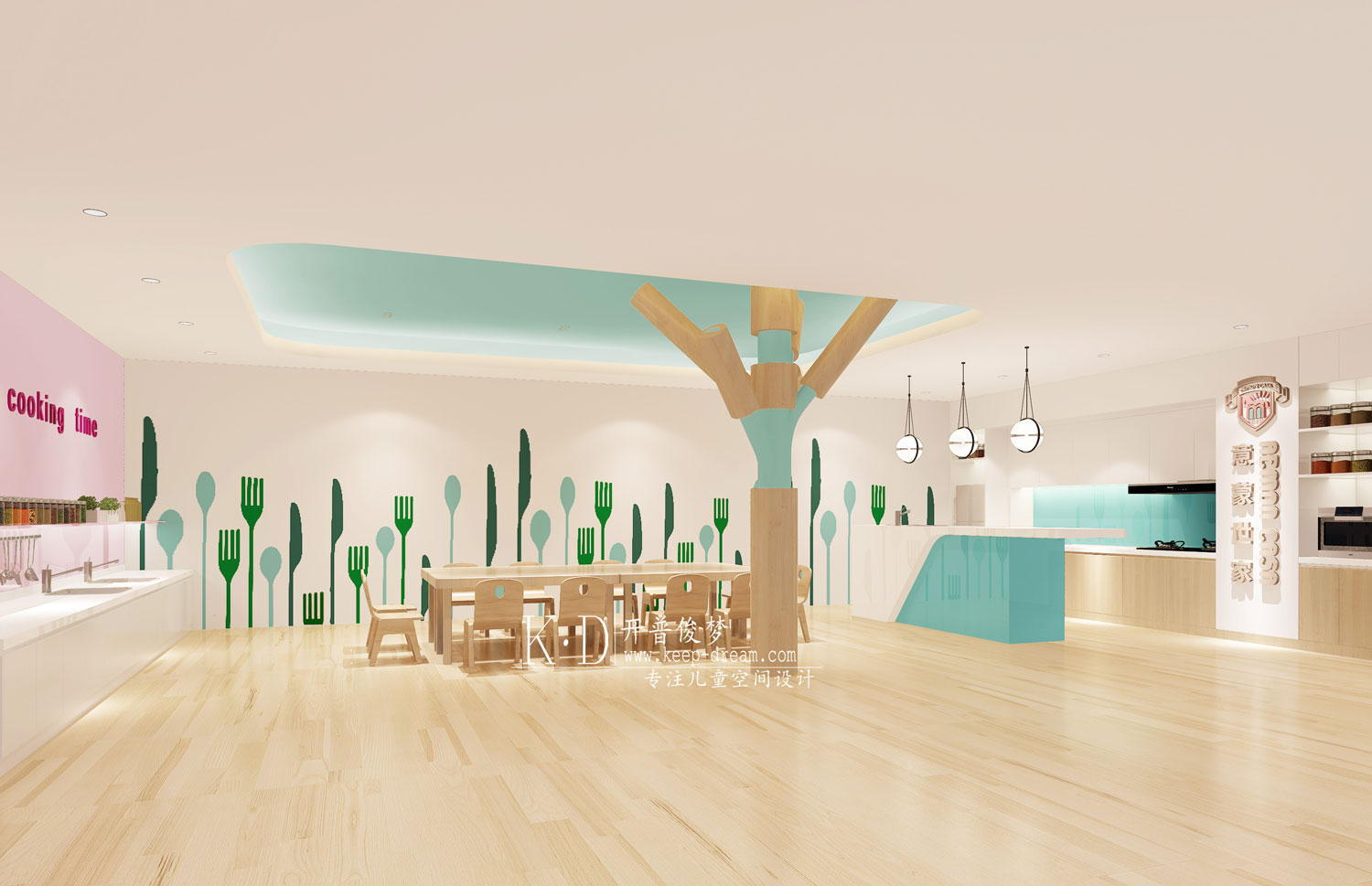1–6 Copper Lane N16 9NS Henley Halebrown Rorrison Architects
2014-12-26 01:00
© Ioana Marinescu
伊亚娜·玛丽内斯库


架构师提供的文本描述。设计策略是最大限度地利用外部空间,发展一种体现“共融性”理念的建筑类型。由此产生的“集群”模式将一个法院置于社区设施所在地点的中心位置,并在其周围布置了六栋房屋。然而,房子的主要外观是向外进入花园,而不是面对朝内的庭院周围。
Text description provided by the architects. The design strategy has been to maximise external space and to develop a building type that manifests the idea of “communality”. The resulting “cluster” model places a court at the heart of the site beneath which the communal facilities are located and, around which the six houses are laid out. However, the main outlook of the houses is outwards into the gardens, rather than facing inwards around the court.
© Ioana Marinescu
伊亚娜·玛丽内斯库


该计划允许一个公共花园的连续周界,提供不同的生长条件和氛围。花园应该为当地动植物提供一个极好的栖息地。因此,人们强烈感觉到该项目与其土地有着内在的联系。围绕该项目周边的地块和内部法院都强调了这一与工地的联系。
The scheme allows for a continuous perimeter of communal gardens which offer varied growing conditions and atmospheres. The gardens should provide an excellent habitat for local flora and fauna. As a result, there is a strong feeling of the project being intrinsically linked to its land. Both the plot that surrounds the perimeter of the project and the inner court emphasise this bond to the site.
© Ioana Marinescu
伊亚娜·玛丽内斯库


四栋三层高的房屋都是用未经处理的立式木板覆盖的,两栋两层高的房屋都是砖砌的。“景观”木材框架窗户允许斜视野内的网站。通往法院的木材高地将使用更宽的木板,并种植木板。这一点,更基本,细节将种姓强烈的阴影和更多的触觉比平滑的外部高地。
The four 3-storey houses are clad in untreated vertical timber boards, the two 2-storey houses in brick. “Landscape” timber framed windows allow oblique views within the site. The timber elevations to the court will use wider boards and planted battens. This, more rudimentary, detail will caste strong shadows and be more tactile than the smoother outward elevations.
First Floor Plan
一层平面图


其理念是减少家庭在建造家园和日常生活中对环境的集体影响。建筑织物的性能-隔热、气密性和热回收通风-以低成本和经过验证的技术发挥着至关重要的作用。唯一的可再生能源是太阳能热电池板。建筑所体现的能量在各个方面都得到了考虑:从拆除过程中回收废料;木材上层建筑;木材覆层;木材开窗和部分绿色屋顶。
The philosophy is to reduce the household’s collective impact on the environment in the construction of their homes as well as in their daily lives. The performance of the building fabric - insulation, air tightness, and heat recovery ventilation - plays a vital role with low-cost and proven technology. The only renewables are solar thermal panels. The embodied energy of construction has been considered in every respect: recycling waste material from the demolition; timber superstructure; timber cladding; timber fenestration and partial green roofs.
© Ioana Marinescu
伊亚娜·玛丽内斯库


这些房屋共有一个简单、坚固、现代材料的调色板。每所房子的设计都是为了提供充足的自然光线,同时尽可能确保房屋之间不相互忽视。事实上,设计措施的微妙集成以确保一致的隐私水平对于HHbR解释客户需求的方法是至关重要的。然而,与典型的梯田式住宅相比,在进入1-6铜巷时,公共空间与私人空间之间的界限已经超出了标准,这是显而易见的。
The houses share a palette of simple, robust, contemporary materials. Each house has been designed to have a generous provision of natural light whilst ensuring as far as possible that homes do not overlook one another. In fact, the subtle integration of design measures to ensure an agreed level of privacy has been essential to HHbR’s approach in interpreting their client’s needs. Yet, compared to typical terraced houses where the public sphere ends at the front door, it is clear on entering 1-6 Copper Lane that, although defined, boundaries between public and private space have been extended beyond the norm.
© Ioana Marinescu
伊亚娜·玛丽内斯库


很明显,HHbR在设计1-6铜巷时寻求了一种共同的建筑表现形式,并创造了一种理想的共同生活方式。正如HHbR的肯·罗里森(KenRorrison)所观察到的。
It is evident that HHbR have sought an architectural manifestation of communality in their design of 1-6 Copper Lane and created an ideal way of shared living. As Ken Rorrison of HHbR observes.


“这个项目不是为六个个人客户创建理想的定制房屋,而是建立一个集体的整体,这个整体比其各个部分的总和还要大。一般来说,这些房子都是由相同的商定组件组成的。它们的变化是由于它们相对于其近邻和周围邻居的不同位置而产生的。“
“This project is not about creating ideal bespoke houses for six individual clients, but making a collective whole that is bigger than the sum of its parts. Generally, the houses are all made from the same agreed components. Their variation is derived in response to their differing location in relation to their immediate and surrounding neighbours.”
© Ioana Marinescu
伊亚娜·玛丽内斯库


从住房危机的角度来看,西蒙·亨利(SimonHenley)描述了这些数据是如何支持更多合作住房的:“我们感兴趣的是,建筑类型如何演变,以适应不断变化的态度和行为。在这个国家,对负担得起的新住房的需求正处于关键阶段。我们需要重新思考人们如何才能充分利用他们的家园。作为设计师,建筑师可以在创造适应新生活方式的环境中扮演重要的角色。在伦敦这样的大城市,经济压力影响人们对空间的看法,但最近的现象,如在家工作和重新连接社区的需要,已经引发了对新住房类型的呼吁。我们感到非常高兴的是,1-6铜巷项目让我们有机会思考什么是住房,同时思考这些问题和其他许多问题,如对可持续生活的渴望。“
From a housing crisis perspective, Simon Henley describes how the figures are in favour of more co-housing: “We are interested in how building typologies can evolve to accommodate changing attitudes and behaviour. The need for new housing that is affordable in this country is at a critical stage. We need to rethink how people can make the most of their homes. As designers, architects can have a fundamental role in creating accommodation that responds to new ways of life. In major cities, like London, financial pressures affect how people think about space but recent phenomena like working from home and the need to reconnect communities have created a call for new housing types. We are very pleased that the 1-6 Copper Lane project gave us an opportunity to think about what housing can be whilst reflecting on these and many other issues like the desire for sustainable living.”
Upper Floor Plan
上层平面图










































Architects Henley Halebrown Rorrison Architects
Location Stoke Newington, London, United Kingdom
Category Housing
Project Year 2014
























